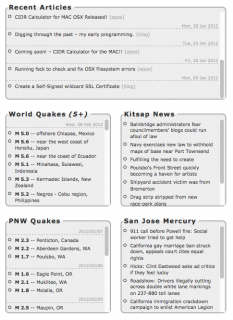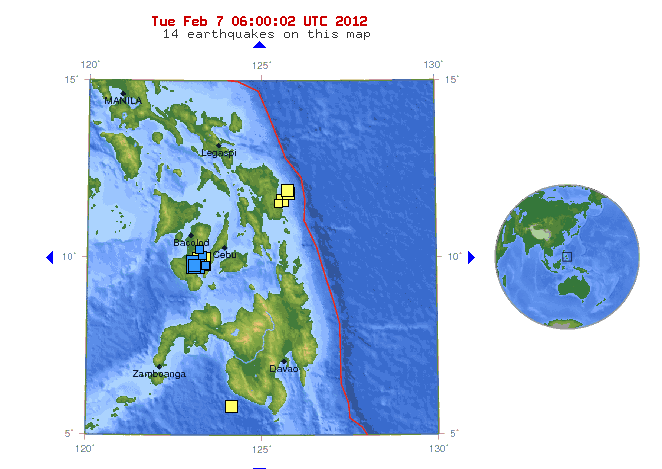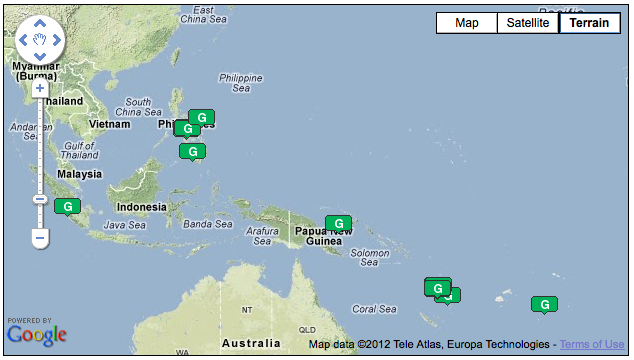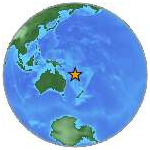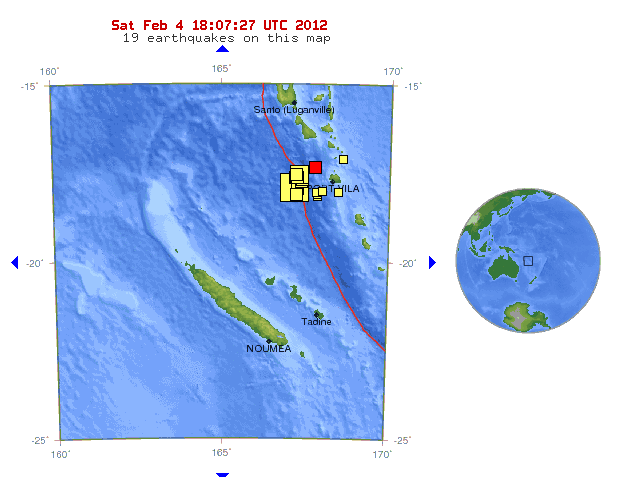It has been a good many years since I have posted about my current reading list, so I thought it was about time to fire off another one. These are the books started, completed, being read or on my short-list to start (or in one case re-read) in the month of February.
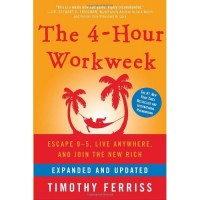 The 4-Hour Workweek (completed)
The 4-Hour Workweek (completed)
I found this book amazingly insightful. Regardless of how much you implement in your own career, it’s a fantastic tome. Those I’ve gifted the book too have all said they really found it useful, interesting and a true paradigm shift in how they view life, career, family and finding a new balance between them that suits you!.
Tim laid out his own struggles in great candor, failures in life time management and how he found a way to over-come all of them. The book is also filled with testimonials from readers of his first edition. If you’re finding that you want more out of your life, struggling with the concept of retirement and wondering what you’ll do when you retire, this book may upset your world, but hopefully in do some will show you some options you might not have considered. Give this a read!
 Design of Design (finishing up)
Design of Design (finishing up)
Over the many years in the role of software designer (originally trained in the 80’s, which is my biggest challenge to overcome), there has always been a nagging sense that some part of the process was not working for me. I adjusted, tried other methods, made adaptions, but the old Rational Model (aka Waterfall) of design always seemed to fail me. Now, I understand why! It’s a BAD MODEL. Dr. Frederick Brooks (father of the IBM 360) and now professor at University of North Carolina Chapel Hill, rips open the old concepts in this book of his essays on design.
Covering a variety of other design methodologies, this book is not only a theoretical read, but an empirical one. Many real-world examples of design program successes and failures are laid out, almost in a case study format. This is been a very educational read. Lessons learned from this book have been put into place in current projects, and the results are already starting to be seen. Now I just need to start educating my staff and colleagues on these findings. Recommended.
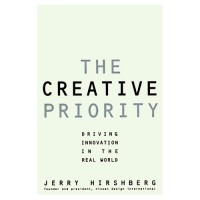 The Creative Priority
The Creative Priority
I originally read this book in the last 90’s and found it very useful in understanding the creative process. What drives creatives and how to foster a creative culture. Sadly, over the hears of the Dot-Bomb meat-grinder cultural immersion, these concepts and skills have been lost. So, I’m pulling this one back off the shelf for a re-read. I plan to report on it soon.
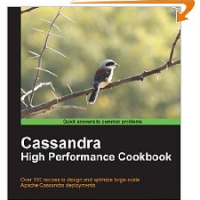 Cassandra High Performance Cookbook
Cassandra High Performance Cookbook
This is the latest addition to the list, having just arrived this weekend. I’m currently running a project to investigate the suitability of Cassandra to solve problems in a client’s current relational database solution (see my previous post about Cassandra for background).
This book was recommended by the primary authors and maintainers of Cassandra. I look forward to cracking this open and going head-first into this technology.
